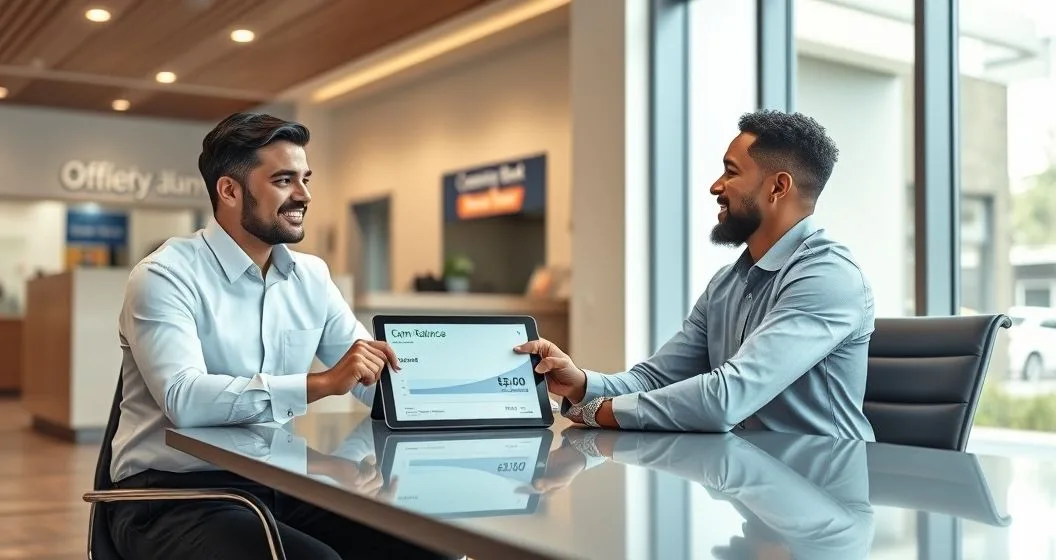Background and purpose
Partial forgiveness programs emerged as community-focused tools that balance lender risk with local economic objectives. Community banks, credit unions, and nonprofit lenders design these programs to improve repayment outcomes while encouraging activities that benefit neighborhoods—job creation, business mentoring, affordable housing preservation, or volunteer service. Federal and state agencies sometimes support these efforts with grants or technical assistance (see HUD guidance).
How it typically works
- Agreement terms: Forgiveness terms are written into the original loan agreement or a modification—percent forgiven, timing, and conditions.
- Qualifying actions: Common triggers include a streak of on-time payments, completion of specified community service hours, meeting hiring or revenue benchmarks for small businesses, or participating in lender-run technical assistance programs.
- Verification and application: Borrowers usually must document compliance and submit an application or request for forgiveness; lenders then verify and apply the reduction to the outstanding balance.
In my practice advising small businesses and borrowers, I’ve seen well-documented programs increase on-time payments and community engagement because borrowers understand the concrete payoff for meeting the terms.
Common program structures
- Time-based: A fixed percentage (for example, 10–25%) is forgiven after X years of timely payments plus a community requirement.
- Performance-based: Forgiveness tied to objective business metrics like job creation or revenue targets.
- Hybrid: Combines time and performance or service requirements.
Real-world example
A community lender offered small-business loans with a 20% partial forgiveness after three years of on-time payments and 40 hours of local mentorship for new entrepreneurs. A client who completed the mentor hours and stayed current received the 20% reduction, improving monthly cash flow and making reinvestment possible.
Who is affected / who may qualify
Eligible borrowers typically include:
- Small-business owners using community-development loan products.
- Individuals borrowing for community-focused housing or neighborhood improvement projects.
- Nonprofit organizations and social enterprises that meet impact metrics.
Eligibility depends on lender policy, underwriting at origination, and program funding. Review your promissory note or loan modification agreement for forgiveness clauses and contact your lender early to confirm documentation needs.
Tax and legal considerations
Partial forgiveness reduces your debt but can have tax consequences. In many cases canceled debt is treated as taxable income under federal tax law unless a statutory exclusion applies (for example, certain insolvency or bankruptcy exceptions). Consult IRS guidance on canceled debt for specifics: https://www.irs.gov/individuals/canceled-debt. For structured programs, coordinate with a tax professional to determine whether you must report forgiven amounts as income and whether exclusions or state rules apply.
For more on tax outcomes and how forgiveness interacts with returns, see our related articles: When Loan Forgiveness Is Considered Taxable Income and Tax Consequences of Loan Forgiveness: What Borrowers Should Expect.
Practical tips to increase chances of approval
- Read the loan documents and forgiveness clause at origination. Know the exact triggers and required evidence.
- Keep meticulous records—payment history, service logs, contracts, payroll reports, and emails with the lender.
- Communicate proactively with your lender if circumstances change; many programs allow reasonable modification rather than denial.
- Leverage lender-run support: attend training or counseling programs offered as part of the forgiveness package.
- Seek tax advice early to plan for possible taxable income from forgiven debt.
Negotiation and disputes
If terms are unclear or you believe a lender misapplied forgiveness, document communications and raise the issue with the lender’s loss-mitigation or loan-servicing team. For guidance on negotiating reductions or settlements with private lenders, see our article: Negotiating Partial Loan Forgiveness with Private Lenders.
Simple comparative table
| Lender type | Typical forgiveness trigger | Typical maximum forgiveness | Verification timeframe |
|---|---|---|---|
| Community banks and credit unions | On-time payments + community service | 10–25% | Annual or milestone-based |
| Nonprofit loan funds | Job creation, social impact metrics | Up to 50% for targeted projects | Program-specific cycles |
| Economic development lenders | Meeting hiring or capital investment goals | Varies by grant/writer support | Tied to reporting schedule |
Common mistakes to avoid
- Assuming forgiveness is automatic without applying or documenting compliance.
- Failing to confirm whether forgiven debt will be taxable and planning accordingly.
- Overlooking deadlines and evidence requirements spelled out in agreements.
Frequently asked questions
Q: Are partial forgiveness programs common at all community lenders?
A: No. Availability varies widely by lender size, mission, and funding—ask your bank, credit union, or local nonprofit lender about any active programs.
Q: Will partial forgiveness hurt my credit?
A: Properly-credited forgiveness typically improves balance-to-loan ratios and can help credit over time; however, ensure the lender reports correctly and ask for written confirmation of the applied reduction.
Q: Do I need to apply for forgiveness even if I’ve met the conditions?
A: Yes—most lenders require an application or supporting documentation before issuing the balance reduction.
Professional disclaimer
This article is educational and does not replace personalized legal, tax, or financial advice. Program details vary—consult your lender and a qualified tax or legal advisor for decisions that affect your situation.
Authoritative resources
- U.S. Department of Housing and Urban Development (HUD): https://www.hud.gov/
- Consumer Financial Protection Bureau (CFPB): https://www.consumerfinance.gov/
- IRS — Canceled Debt guidance: https://www.irs.gov/individuals/canceled-debt
Related FinHelp articles
- Community-service programs and forgiveness: Community Service-Based Loan Forgiveness Programs
- Negotiating with private lenders: Negotiating Partial Loan Forgiveness with Private Lenders
If you want, I can also draft a short checklist you can present to a lender when requesting forgiveness.



